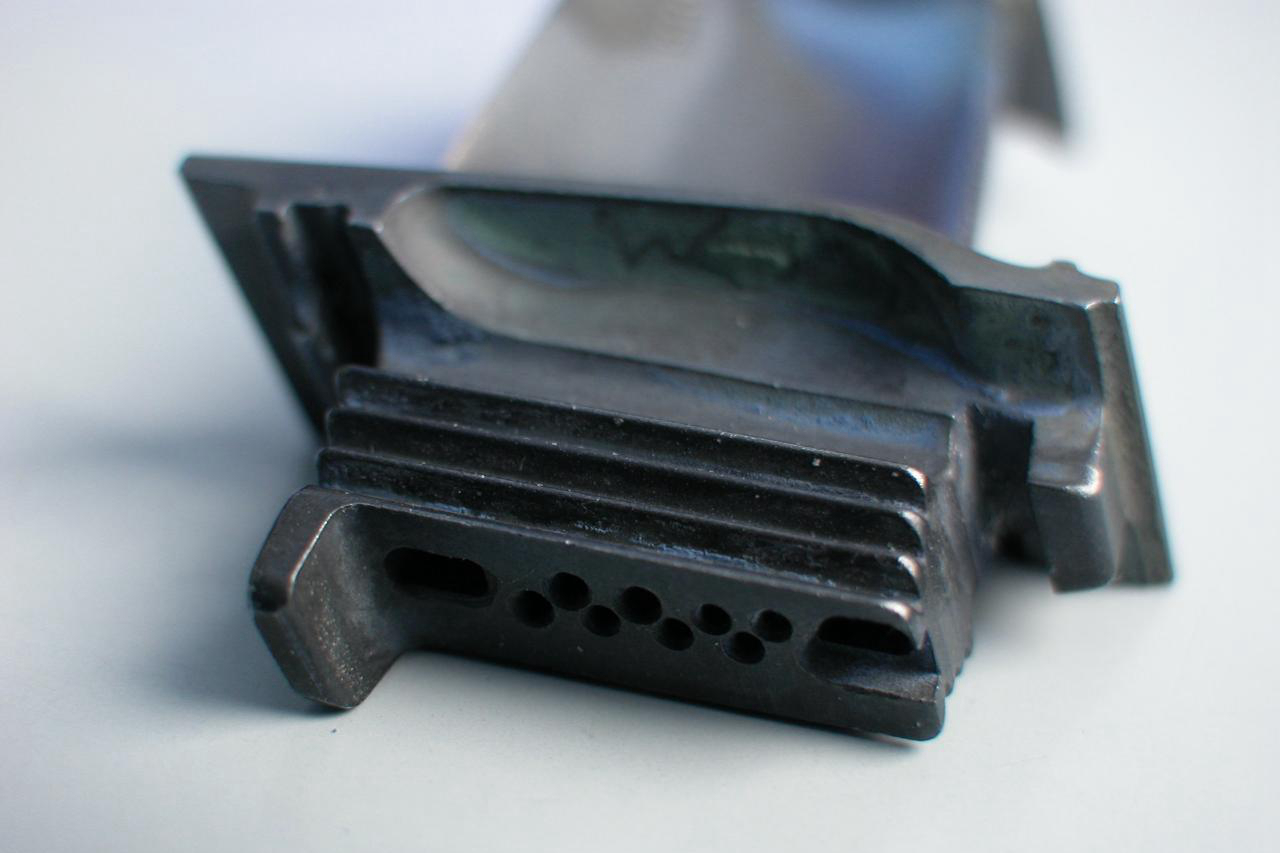Equiaxed Crystal Casting Superalloy Components Welding Supplier
High-Integrity Welding Services for Equiaxed Superalloy Castings
Equiaxed crystal superalloy components are widely used across aerospace, power generation, and industrial energy systems due to their isotropic strength and cost-effective casting capability. However, welding equiaxed castings made from Inconel, Rene alloys, Hastelloy, and other high gamma-prime nickel-based materials demands specialized processes to prevent hot cracking, porosity, and thermal distortion.
Neway AeroTech offers certified superalloy welding services for equiaxed crystal cast components, including blades, vanes, flanges, transition rings, and combustor parts. Services include TIG welding, laser seam welding, post-weld heat treatment, and complete inspection using X-ray, CMM, and SEM.
Welding Technology for Equiaxed Crystal Superalloy Castings
Welding equiaxed superalloy castings requires precise filler matching, temperature control, and shielding to ensure crack-free and mechanically stable joints.
TIG welding with matched Inconel, Rene, or Hastelloy fillers
Laser welding for narrow seam repair in thin-walled castings
Controlled interpass temperatures and argon shielding to reduce oxidation
Heat treatment and HIP for structure recovery
We maintain AS9100D and NADCAP standards in all welding procedures.
Common Alloys for Equiaxed Welded Components
Alloy | Max Temp (°C) | Yield Strength (MPa) | Typical Application |
|---|---|---|---|
1050 | 880 | Vane rings, stators, flanges | |
1040 | 960 | Combustion liners, nozzle parts | |
1175 | 790 | Transition ducts, hot gas structures | |
950 | 760 | Turbine wheels, blade segments |
These alloys require precise weld prep, interpass control, and post-weld treatments to retain service performance.
Case Study: Laser Seam Weld on Equiaxed Inconel 738 Stator Ring
Project Background
A gas turbine stator ring made from equiaxed Inconel 738 had surface defects and edge discontinuities after casting. Laser welding was used to restore the part, followed by heat treatment at 980°C and CMM inspection to verify contour accuracy.
Typical Welded Component Models and Applications
Component Model | Weld Type | Alloy | Industry |
|---|---|---|---|
STR-720 | TIG welded vane segment joint | Inconel 738 | |
RCC-360 | Laser seam welded combustor casing | Rene 77 | |
TFD-200 | TIG buildup on flange edge | Hastelloy X | |
WBL-150 | Weld seam on turbine blade locking ring | Inconel 713C |
Each part was inspected and certified to meet fatigue, pressure, and thermal cycle requirements.
Welding Challenges in Equiaxed Cast Superalloy Components
Crack risk increases above 175°C interpass temperature in high gamma prime alloys like Inconel 738 and Rene 77.
Oxidation and porosity occur when O₂ levels exceed 100 ppm during TIG welds without adequate shielding.
HAZ hardness exceeds 420 HV in improper cooling conditions, reducing ductility in cast grain boundaries.
Thin sections distort >0.02 mm under laser welding without fixturing or preheat procedures.
Residual stress >250 MPa forms if post-weld heat treatment is not properly applied to equiaxed grain structures.
Welding Process Solutions
Argon shielding <50 ppm O₂ eliminates oxidation, ensuring weld bead integrity on trailing edges and cooling holes.
Preheat to 300°C and interpass <150°C limits cracking and thermal gradient effects in thick-cast equiaxed walls.
Matched ERNiCrMo filler wire provides chemical compatibility and thermal fatigue resistance up to 1050°C.
Post-weld heat treatment at 980°C normalizes hardness and relieves thermal stress in HAZ-affected zones.
HIP at 1030°C, 100 MPa for 4 hrs eliminates internal porosity, restoring fatigue performance of welded equiaxed castings.
Results and Verification
Welding Execution
All welding was performed using matched alloy filler with arc voltage stabilization. Weld beads measured 3 mm wide with depth of 1.5 mm, ensuring full penetration without distortion.
Post-Weld Processing
Components received heat treatment at 980°C for 2 hours. Where applicable, HIP at 1030°C, 100 MPa was applied to close porosity and restore ductility.
Inspection
X-ray NDT confirmed complete fusion. CMM measured profile tolerances to ±0.008 mm. SEM analysis verified microstructure continuity and weld interface integrity.
FAQs
What equiaxed cast alloys are commonly welded in turbine applications?
How do you prevent hot cracking during welding of equiaxed parts?
Can Rene or Inconel castings be welded without loss of grain integrity?
What post-weld inspections are performed?
Is HIP required after welding of equiaxed cast superalloy components?

